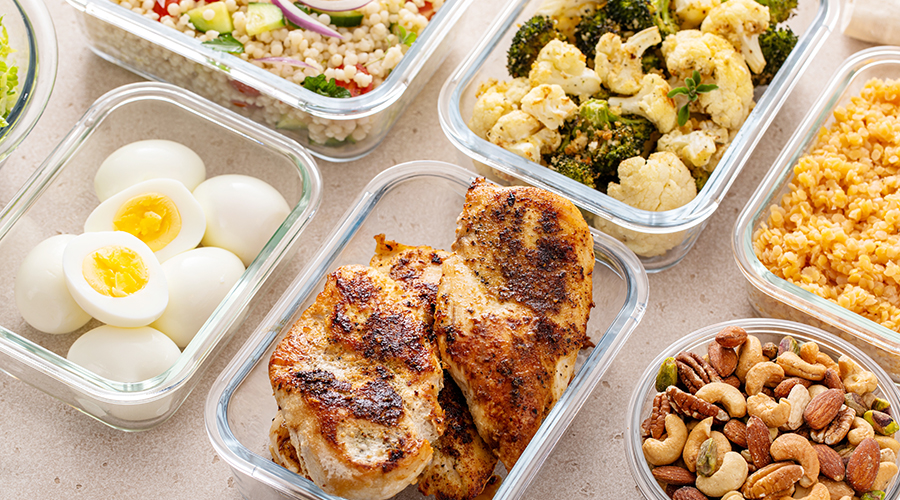Hello Ziddis! We Indians have great immunity but we have a stubborn body. Our body often refuses to go through sudden changes. Like our belly fat. Genetically we find losing body fat a much difficult task. Belly fat is very stubborn fat and it can be so because of various reasons like our cultural practices, diet, lifestyle choices, hormonal imbalance, etc. So let us understand this problem better and try to find a solution.
How Does Food Become Belly Fat?
- Food goes through various steps of breakdown before it reaches its destination.
- When we consume food i.e. calories, we burn those to keep the body going.
- The body stores the energy from calories as fats.
- Food that is high in calories like refined carbs, sugary snacks or fried foods leads to more fat storage.
- High-insulin foods like refined flour (maida), white rice or sweets cause insulin to spike.
- This spike triggers the body to store fat
- This fat is stored in the abdominal region of our body
- Fatty foods like trans fats and saturated fats like fried snacks, processed food or canned goods with preservatives are stored in the belly.
- Since they are stored rather than burned, it is difficult to get rid of the belly fat.
Why Indians Have Stubborn Belly Fat?
Indians have stubborn belly fat. This is a fact but why is that so? There are multiple reasons for that.
- Indian food has carbs as a staple. Most staple food in Indian households is rice or chapati along with which potato is relished irrespective of the region. Though balanced on the plate, the necessity of including high carb foods is what makes the base of every meal.
- Indians enjoy their snacks either deep fried in oil or sugary or both. Every occasional and evening snack is calorie-dense.
- Indians though majorly non-vegetarian follow very strict non-veg-day rules where during certain days of the week non veg food is avoided. This can reduce the protein intake required to improve metabolism and maintain a lean physique

How to Solve the Issue of Belly Fat?
Do not worry! This is not a grave issue. The problem of belly fat can be solved with just a few changes in your everyday life. Here’s how:
- Make sure you increase your protein intake
- You can have double the dal than the rice you take
- Swap rice with healthier carbs like brown rice or millet
- Swap normal or refined wheat with whole wheat
- Reduce sugary sweets and indulge in fruits
- Get checked for insulin
- Do not sleep or rest after having a meal. Walking around for a bit
- Take the help of fat burners or weight loss pills by MuscleBlaze to get faster results.
- Have an active lifestyle
- Indulge in mindful snacking
Do Females Also Deal With Stubborn Belly Fat?
Stubborn belly fat is highly observed in females, especially beyond the age of 21. Their bodies undergo major transitions, and hormones are impacted. Women store fats mainly in the abdomen, thighs, hips, and waist regions due to estrogen.
Many women find it difficult to lose belly fat during pregnancy and postpartum because of changes in metabolism, hormones, and muscle structure.
Stress impacts cortisol and can lead to the accumulation of belly fat which also becomes a reason why post marriage, women happen to put on weight.
But there are solutions for this:
Women must engage in cardio but more in strength training to build a healthy metabolism and burn fats.
- Swap for healthy fats
- Under your hormones and eat food according to that
- Add Antioxidants to your diet
- Practice yoga to reduce stress
Takeaway
Dealing with stubborn belly fat can be frustrating but with patience, persistence and right direction you can achieve it. You need to focus on making some lifestyle changes and fat loss can be a cake walk. With correct food choices and swapping unhealthy foods for their healthier replacements you are halfway there. Stay active, stay health, stay happy!








 100% Safe & Secure payments:
100% Safe & Secure payments:




